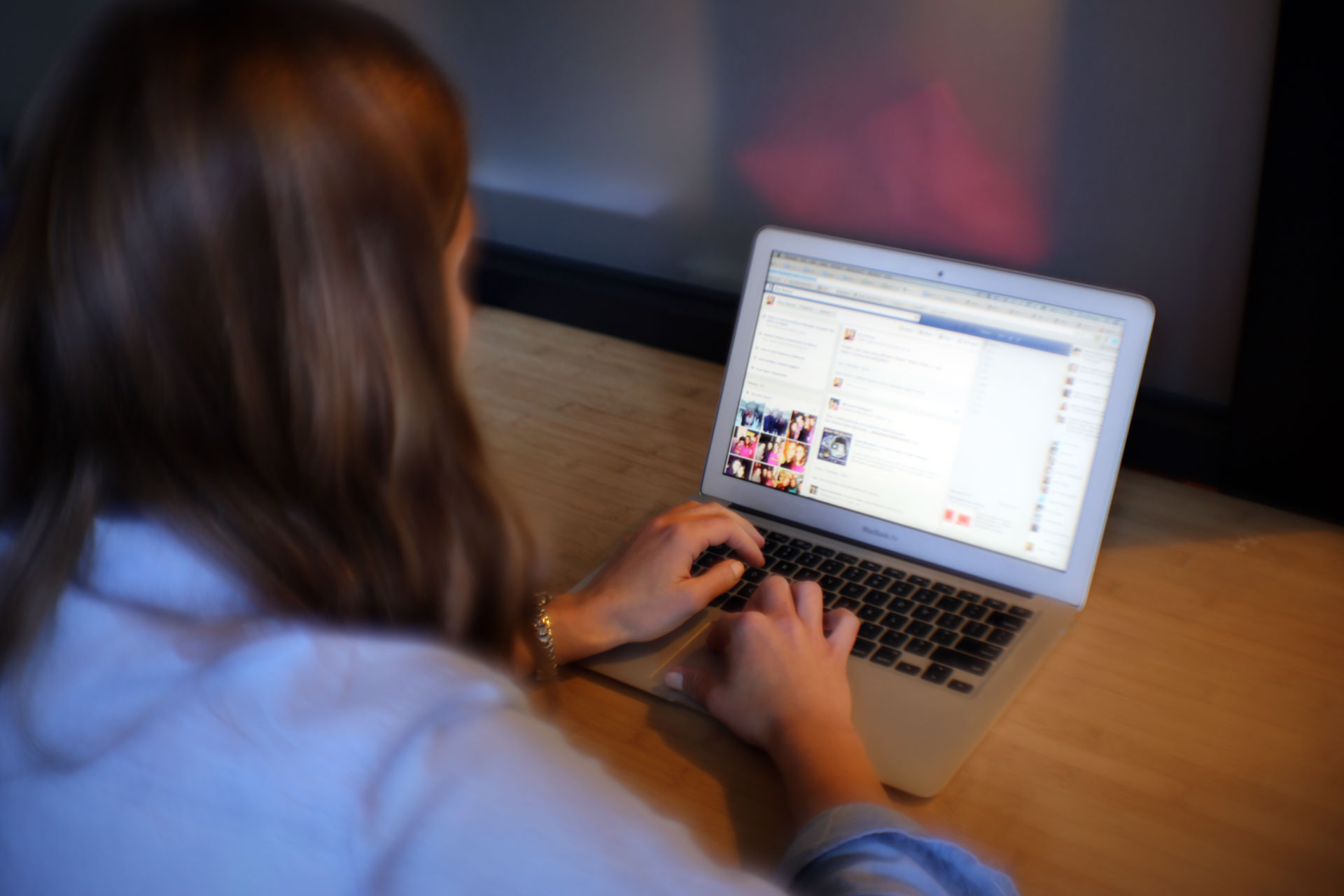Today, the House Judiciary Subcommittee on Courts, Intellectual Property, and the Internet held a hearing on copyright law’s notice and takedown procedure -- an important section that strikes a delicate balance between the rights of copyright holders and the freedom of online service providers. This hearing is part of a longer process undertaken by Judiciary Chairman Robert Goodlatte to reexamine copyright law, but today’s proceeding is of particular interest to startup companies, many of whom are directly affected by copyright law and who have a vested interest in seeing that law updated for modern technology.
Paul Sieminski, general counsel of Engine member company Automattic, testified today, and this is how he laid out the case notice and takedown procedures matter:
“From our perspective, the [law’s] notice and takedown system generally works in practice. The safe harbor provisions of the law are very important to us, and we, like hundreds of other internet service providers, rely on them in publishing the huge amount of online content that our users create. The [law] provides important certainty that our hosting of user generated content will not lead to costly and crippling copyright infringement lawsuits.”
Before the takedown and notice procedure was passed in the late 1990s, great legal uncertainty existed for any company providing online services that allowed for third parties to post content. At worst, these companies could find themselves liable if a third party posted content that infringed a copyright -- and that’s no small deal. Infringing a single copyright can result in damages of up to $150,000. With potential damages like that, it’s hard to imagine that sites like YouTube, Facebook, and WordPress would even exist today.
Under the Digital Millenium Copyright Act (DMCA), the notice and takedown procedure requires that:
- Copyright holders notify service providers when they find infringing work on the provider’s site;
- The service provider notify the poster of that work that it will be taken down; and
- The poster has the option to fight back if they believe the post was not infringing.
When this process is followed, service providers find themselves in a safe harbor where they will not personally be liable for potential findings of copyright infringement.
This safe harbor has been instrumental to the growth of startup internet companies. Again, according to Paul:
“When the DMCA originally passed In 1998, it wasn’t possible to create a Facebook page, Twitter account or your own website, for free, in minutes like you can do on WordPress.com. These innovative tools allow anyone to communicate their vacation photos to the world, build a business as an independent publisher, or even organize a democratic, grass roots overthrow of an oppressive regime in the Middle East. The internet’s communication and sharing tools are used by millions of people, and all grew up under the DMCA. For the most part, the statute has worked to encourage the growth of innovative platforms and businesses. The United States is now home to the most thriving and advanced internet companies in the world.”
Traditionally, copyright was meant to incentivize artists to create, but more recently we’ve seen abuses of the system where incumbent industries attempt to rely on it to squelch competition (remember SOPA?). As this debate continues over the next few years, we’ll work hard to keep those abuses from happening, and ensure that artists and entrepreneurs are protected equally under the law.



